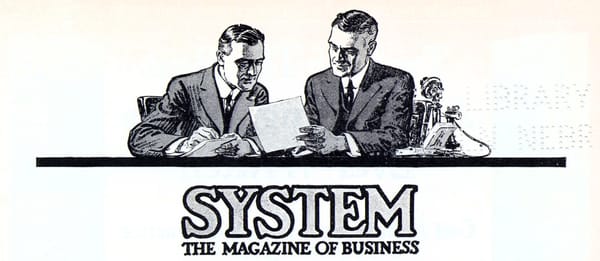How to make any meeting better with 3 simple fenceposts
Identify a purpose, rational aim, and experiential aim—quick action with a huge effect.

Before your next meeting, get super clear about these 3 things:
- Purpose of the meeting ← the topic or problem that brings a group together.
- Rational aim ← the action, decision, or outcome the group must arrive at.
- Experiential aim ← the way in which the group will change based on shared experience. OK to express as a feeling (“resolve,” “agreement,” “worry”, etc.); OK if it’s a small change.
Most meetings have maybe 1 of the 3 identified in advance...
...but the best meetings have all 3.
Here’s the simplest way to use them:
- At the beginning of a meeting, share the meeting’s purpose and the rational aim. Something like, “We are here today to do X. We’ll get there by creating Y and Z together.”
- Keep the experiential aim to yourself, but keep it in mind.
- At the end of the meeting, ask a closing question or invite a reflection that reinforces the experiential aim.
A more refined way is found in the Institute of Cultural Affairs’ Consensus Workshop method. Consensus workshop uses the trio of workshop question, rational aim, and experiential aim to build a fence around group work, and then offers a bunch of super polished planning methods to make sure the group is effective in meeting those aims.
For today, though, keep it simple. Even for short, informal meetings, take a few moments to get clear on the meeting’s purpose and identify both a rational aim and an experiential aim.
- Knowing the purpose will help the group begin.
- Knowing the rational aim will help everyone walk the same path.
- And knowing the experiential aim will help you produce the experience of change or transition that is needed.



